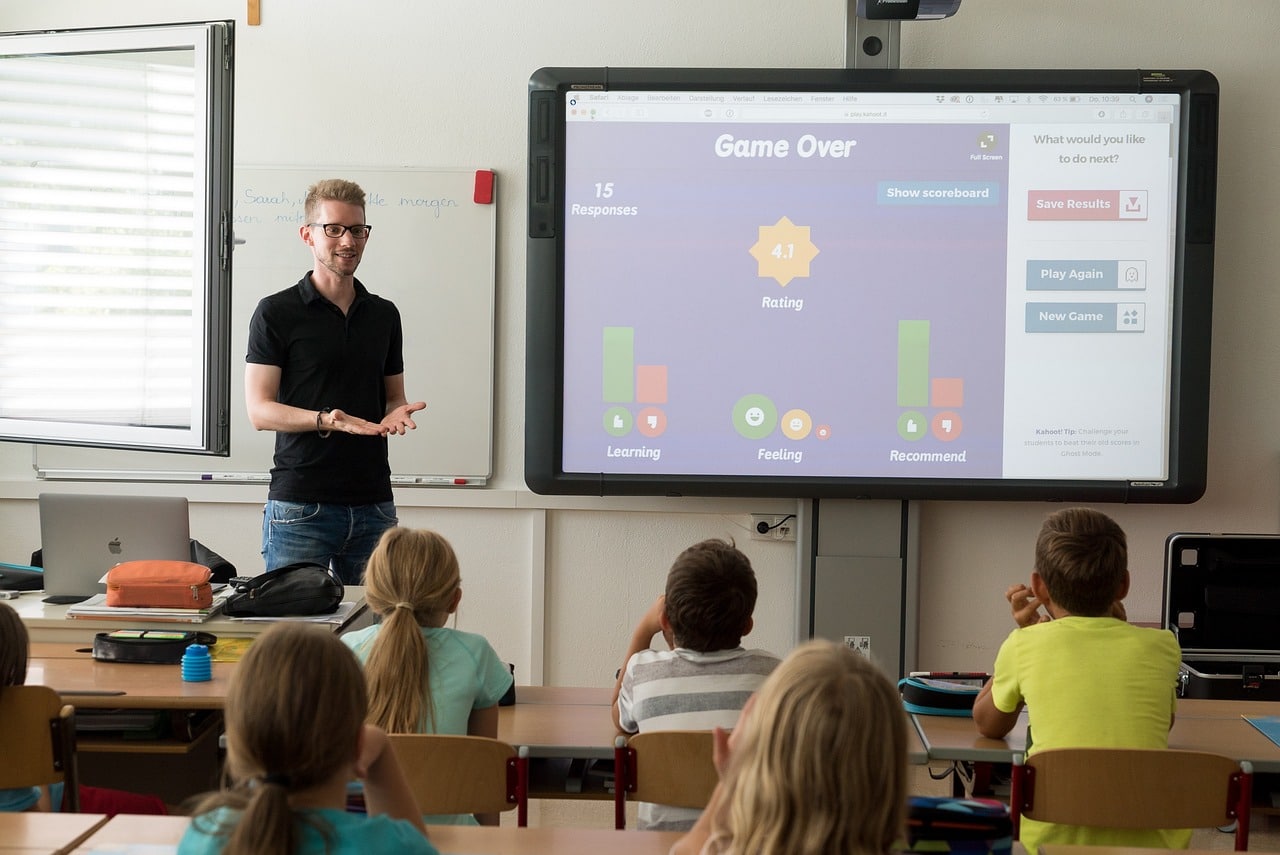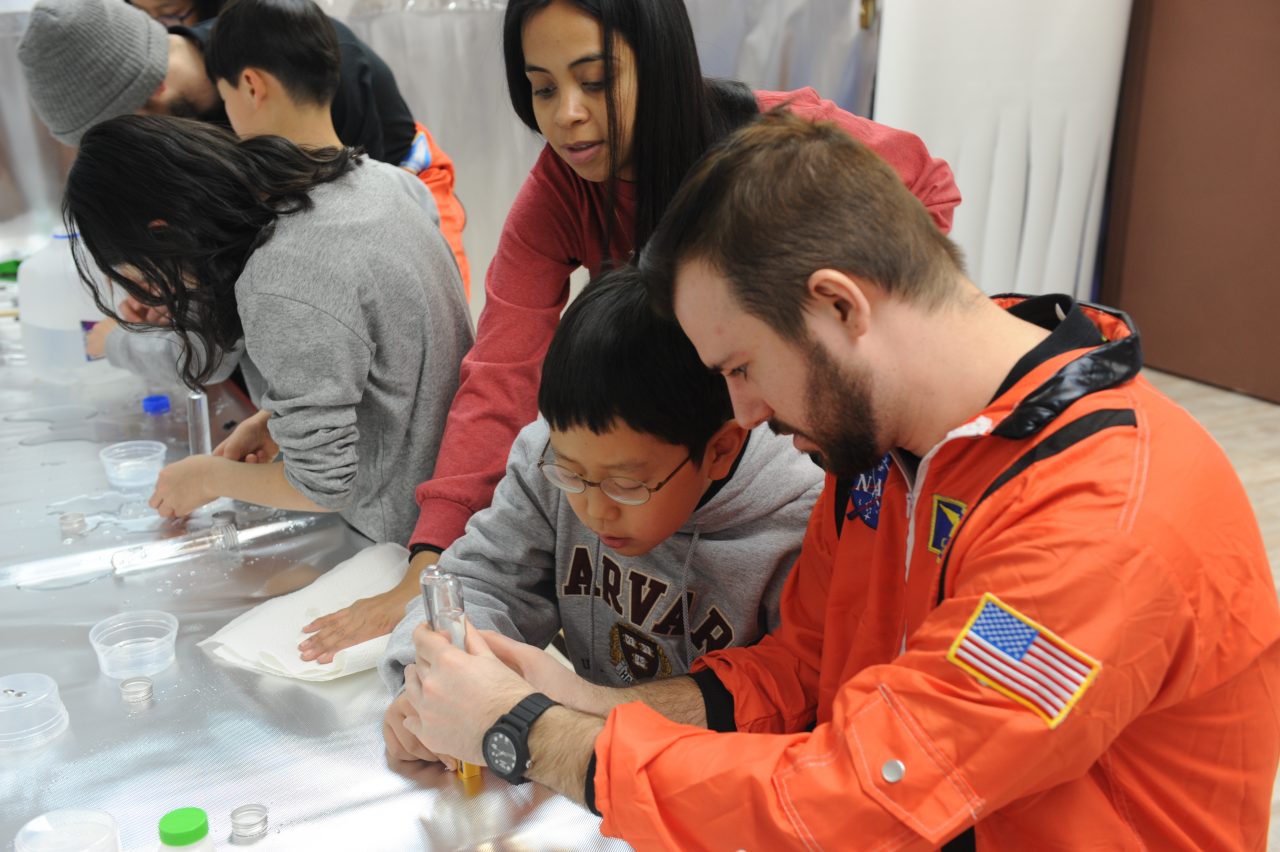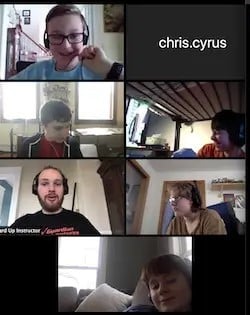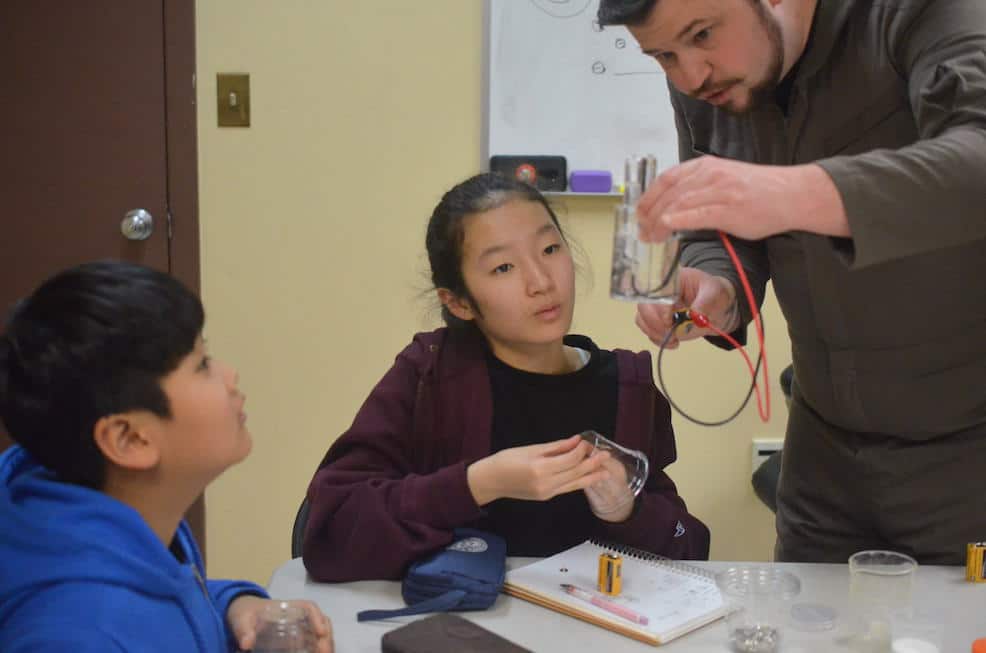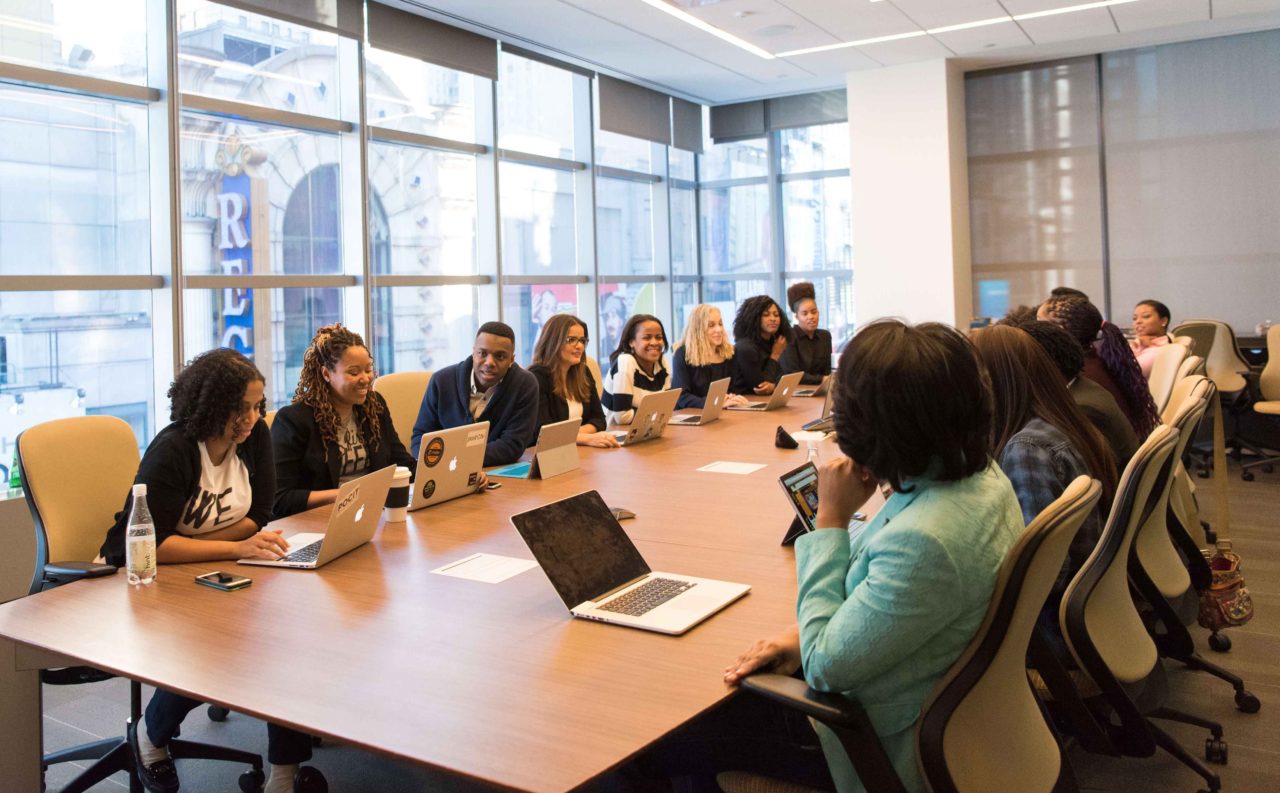As treasure troves of culture and knowledge, museums hold untold potential not just as destinations for school field trips, but as extensions of the classroom. In particular, when museums offer educational resources for teachers, they greatly enrich the curriculum and provide students with a deeper, more contextual understanding of their subjects. As well, resources based on games and stories can tap into the vast potential for interactive learning to make a lasting impact on each student’s educational experience.
Museums as Educational Partners
Enriching the Curriculum
Museums possess a wealth of artifacts and exhibits that can bring textbooks to life. By offering access to curated educational resources about those exhibitions, museums can help teachers provide a more nuanced view of complex subjects, from history to science. For instance, history teachers can use online museum archives to show actual artifacts from the period they’re teaching, allowing students to make a tangible connection with the past.
Tailoring Learning
Teachers can often feel constrained by the rigidity of standardized curricula. Museum resources can offer the flexibility to tailor learning experiences to the needs and interests of their class. For example, science teachers might incorporate virtual tours of natural history museums to complement a unit on evolution or biodiversity, giving students a glimpse of the diversity of life forms far outside of the student’s own location and the adaptations of those life forms to their environment.
The Power of Game-Based Resources
Engagement Through Interactivity
Game-based learning harnesses the engaging power of play to encourage active learning and problem-solving. When museums offer resources in the form of games, they capture the attention of students who might otherwise be disengaged. This method can be particularly effective for complex STEM topics, which often benefit from interactive models and simulations that can make challenging concepts more accessible – even allowing the introduction of higher level thinking at a lower grade level.
Learning by Doing
Educational theorists have long touted the benefits of experiential learning—learning by doing. Games and interactive simulations offered by museums can provide hands-on experiences in a virtual format. For example, an online game that allows students to simulate archaeological digs can teach them about the scientific process of uncovering and analyzing historical artifacts.
Accessibility and Reach
In an age where technology pervades every aspect of life, digital resources can overcome the limitations of geography. Museums that provide online game-based resources for teachers to use in their classroom can make their collections and expertise available to a much broader audience. A small rural school, miles from the nearest museum, can still benefit from high-quality educational games developed by leading institutions.
Examples of Game-Based Museum Resources for Schools
- History Mystery Games – Museums can create online games where students analyze primary source documents and artifacts to solve historical mysteries.
- Virtual Physics Labs – Science museums can offer interactive simulations where students conduct virtual experiments to learn about physics principles.
- Eco-System Simulators – Natural history museums can develop games where students manage virtual ecosystems, learning about environmental science and biology.
- Math Puzzles from Art – Art museums can offer pattern and geometry games based on their art collections, integrating math and art education into an interdisciplinary approach and allowing students who excel in each subject see the value in both.
- Language Learning Through Exploration – Language museums can create exploration games where students practice language skills while learning about the history and culture of the language.
- Cultural Role-Playing Games – Anthropology museums can provide role-playing games where students take on roles to uncover information through the stories of different cultures, promoting understanding and empathy.
- Interactive Storytelling – Literary museums can develop interactive narratives that allow students to engage with literature in a choose-your-own-adventure format.
- Astronomy Quests – Science centers with planetariums can create quest-based games that teach students about astronomy and space exploration.
- Engineering Challenges – Technology museums can offer design and build challenges that give students a taste of engineering problem-solving.
- Virtual Museum Building – Students can learn about curation and exhibit design by creating their own virtual museum exhibits.
As museums continue to evolve, their role in education can expand through the provision of game-based resources for teachers. These resources harness the potential for interactive, engaging learning, making subjects come alive for students in diverse and innovative ways. By investing in these resources, museums not only fulfill their educational missions but also ensure that their treasures have a lasting impact on the learners of today and the leaders of tomorrow.
Guardian Adventures provides consulting and program development for museum and science centers, summer camps, amusement & attraction industries, and more.

